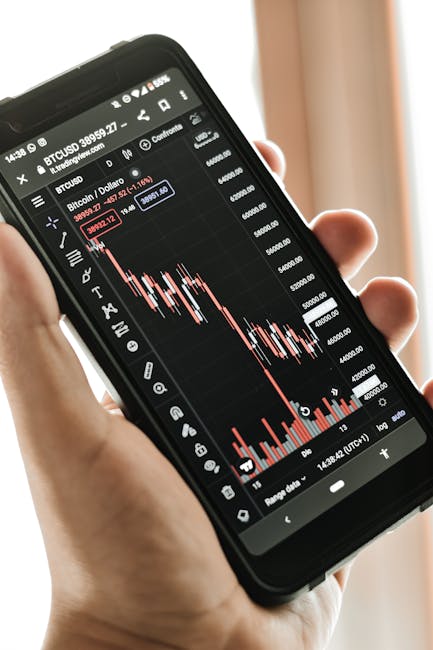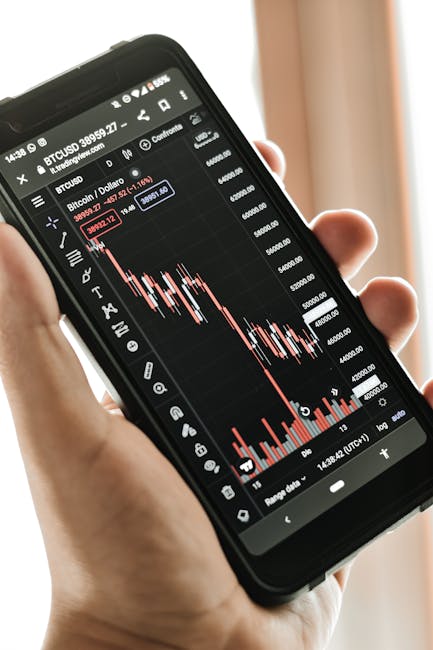Foldable phones are no longer a futuristic dream—they’re here and evolving fast. From Samsung’s Galaxy Z Fold series to Motorola’s Razr, these devices are redefining smartphone design. Yet, despite their innovation, foldable phones remain niche due to their high prices. For them to go mainstream, affordability is key. But even if prices drop, will business users—a crucial market for premium devices—be convinced to switch?
The Potential of Foldable Phones
Foldable phones offer a unique blend of portability and screen space, making them ideal for multitasking, productivity, and media consumption. For business users, this could mean seamless transitions between emails, spreadsheets, and video calls—all on one device. The larger display could also enhance presentations and document editing, potentially reducing the need for a tablet or laptop.
However, the steep price tags are a major barrier. High-end models like the Samsung Galaxy Z Fold 5 start at around ₹1,50,000 in India, making them unaffordable for most. Even for business users who invest in premium tech, the cost can be hard to justify when traditional smartphones and tablets offer similar functionality at lower prices.
The Need for Price Reduction
For foldable phones to gain traction, manufacturers must lower costs. This could involve improving production efficiency, leveraging economies of scale, and innovating materials and technology. Companies like Xiaomi and Oppo are already working on more affordable models, which could help make the technology accessible.
A price drop to ₹70,000-₹80,000 could broaden the audience, including professionals who value added functionality. However, affordability alone won’t win over business users. The devices must also prove their durability, reliability, and compatibility with existing workflows.
Challenges in Winning Over Business Users
Business users prioritize dependability, security, and ease of integration. Foldable phones face several hurdles:
-
Durability Concerns: Early models had issues like screen creases and hinge failures. While newer versions have improved, doubts about long-term durability persist. Business users need devices that can endure heavy use without frequent repairs.
-
Software Optimization: Foldable phones require apps and operating systems that adapt to their unique form factors. While Android has made progress, not all apps are optimized for foldable displays, limiting their utility for professional tasks.
-
Battery Life: Larger screens and complex mechanisms can drain batteries. Business users need devices that last a full workday without constant recharging.
-
Security and Updates: Enterprise users demand robust security features and timely updates. Manufacturers must ensure foldable phones meet these standards to appeal to corporate clients.
The Road Ahead
The future of foldable phones depends on addressing these challenges while becoming more affordable. If manufacturers can deliver durable, reliable, and cost-effective devices, they could carve a niche in the business market. Winning over this demographic requires a holistic approach, prioritizing functionality, security, and user experience.
For now, foldable phones remain a luxury—a symbol of innovation rather than a practical tool for the masses. But as technology advances and prices drop, they could become a game-changer for business users and beyond. The question isn’t just whether foldable phones will succeed, but whether they can convince the most demanding users of their value. Only time—and innovation—will tell.




